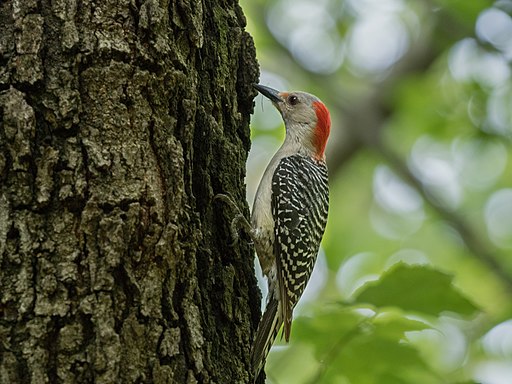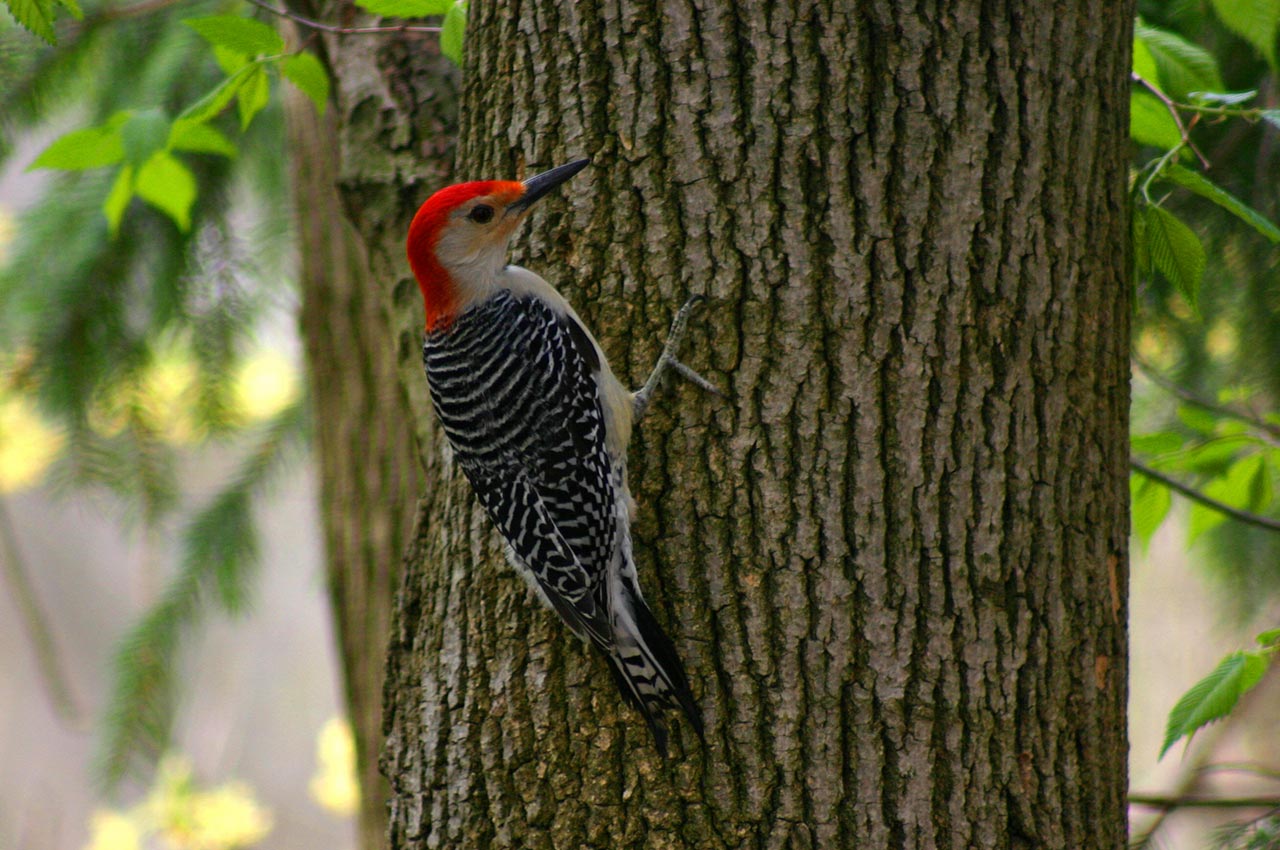Woodpeckers Unleashed: Checking Out the Wonders of These Skilled Tree Mountain Climbers
Woodpeckers, with their distinctive markings and balanced drumming resembling with wooded locations, hold a special area in the avian globe - Woodpeckers in Florida. As we dive into the detailed details of woodpeckers' nesting routines, feeding strategies, and the ongoing conservation initiatives to secure these remarkable birds, a deeper recognition for their area in nature unfolds.
Composition and Adaptations
When analyzing the makeup and adaptations of woodpeckers, one can observe impressive attributes that make it possible for these birds to grow in their specialized eco-friendly particular niche. In addition, woodpeckers have zygodactyl feet, with 2 toes dealing with forward and 2 facing in reverse, giving a company grip on tree trunks while they search for food or drum for communication.
Additionally, woodpeckers have a distinct tongue structure that is long, barbed, and sticky, allowing them to extract insects from gaps in wood. This specific adaptation permits woodpeckers to manipulate a food resource that is unattainable to numerous other bird species. Overall, the makeup and adaptations of woodpeckers display the amazing evolutionary solutions that have enabled these birds to grow in their arboreal habitat.
Drumming Actions
Having actually discovered the makeup and adaptations of woodpeckers, the focus currently moves to comprehending their drumming habits, a distinct aspect of their communication and territorial displays. Drumming is a vital kind of interaction among woodpeckers, serving several purposes such as establishing regions, bring in companions, and signaling alarm system. Each woodpecker varieties has an one-of-a-kind drumming pattern that assists people recognize participants of their own species and identify them from rivals or predators.
Woodpeckers create drumming audios by rapidly pecking on resonant surface areas such as dead trees, energy poles, or also metal things, producing a series of balanced beats. The intensity and rate of drumming can vary based upon the function; as an example, a rapid drumming sequence may signify aggression in the direction of trespassers, while a slower and softer drumming pattern could indicate courtship (Woodpeckers in Florida). In addition, woodpeckers might readjust the frequency and duration of their drumming to convey details messages properly
Nesting Practices
Exploring the nesting habits of woodpeckers discloses fascinating understandings into their reproductive behaviors and habitat selections. Woodpeckers are recognized for their one-of-a-kind nesting choices, usually excavating dental caries in trees to produce sheltered areas for raising their young. These dental caries serve not just as a nesting website however likewise as a safe refuge from killers and inclement climate.
Woodpeckers display a high level of integrity to their nesting websites, often returning to the same place time after time. This habits highlights the value of suitable environment schedule for their reproductive success. The choice of a nesting site is critical for woodpeckers, with aspects such as tree species, elevation, and decay phase playing substantial duties in their decision-making procedure.
Surprisingly, some woodpecker species are understood to excavate numerous dental caries within their territory, giving themselves with alternate nesting options. This click this method might offer as a form of insurance against possible risks or disruptions to their main nesting website.

Feeding Methods
Woodpeckers use a selection of specialized feeding techniques to procure their main food sources. Among the most distinct feeding habits of woodpeckers is drumming, which includes fast pecking on trees to discover pests beneath the bark. This drumming not just aids them find prey however likewise works as their website a method of interaction with various other woodpeckers. Woodpeckers have strong, chisel-like beaks that allow them to drill into wood easily. As soon as an opening is produced, they utilize their long, barbed tongues to remove insects such as ants, beetles, larvae, and spiders. These tongues are covered with sticky saliva that helps trap the prey. Woodpeckers are likewise understood to excavate tooth cavities in trees to accessibility concealed insect larvae or sap. Some types, like the acorn woodpecker, shop nuts in particularly developed openings called granaries. This critical storing of food helps them survive throughout food scarcity periods. Woodpeckers are truly exceptional in their feeding methods, showcasing versatility and knowledge in obtaining their nourishment.
Preservation Initiatives
Amidst the complex feeding techniques displayed by woodpeckers, the preservation efforts targeted at guarding these interesting birds play a critical duty in preserving their environments and populations. Woodpeckers deal with numerous hazards to their survival, consisting of environment loss due to deforestation, climate modification altering their environments, and accidents with synthetic structures such as buildings and automobiles - Woodpeckers in Florida. helpful resources Guardians are proactively functioning to attend to these difficulties and make sure the long-term wellness of woodpecker types

Education and public awareness campaigns are additionally vital parts of woodpecker preservation initiatives. By raising awareness about the importance of these birds in maintaining healthy forest ecosystems, preservationists can amass assistance for habitat conservation campaigns and promote accountable land monitoring methods. Via joint initiatives in between scientists, policymakers, and regional communities, we can collaborate to protect a future where woodpeckers grow in their natural environments.
Verdict
